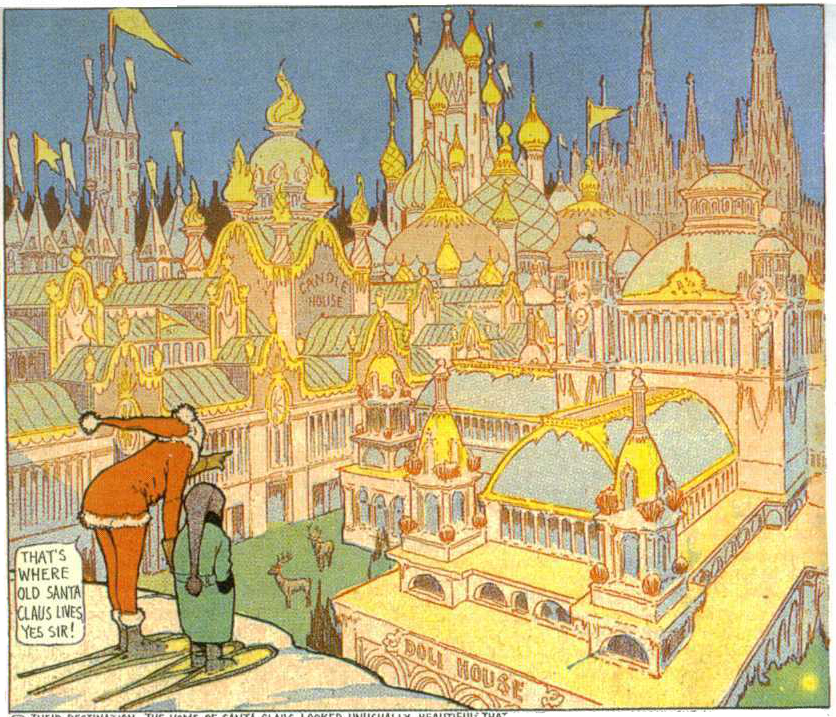First of all, I really love Craig Thompson's spontaneous art. He drew the characters' body, face, and clothing tightly and neatly, yet he depicted their hair with rougher brush strokes (especially when the characters are in motion). The background art is equally expressive and atmospheric. The snow and wind, and trees, for example, seem to have a life of their own. My favorite panes are from the moment when Craig and his girlfriend are laying on the snow, and watching the snow flakes fall.
He captured the visual sensation of being overwhelmed by the millions of falling snow flakes perfectly, and created a surreal and serene atmosphere. Cool! It's as if I was there, up in the snowy hill!
Moving on to the content, the story feels very slice-of-life and coming to age. The events surrounding Craig's traumatizing childhood and painful adolescence periods crisscross one another, similar to the way our memories jump from one scene to another. This allows for a more unique pacing and helps us to understand the real implications behind his childhood memories. Moreover, some events are revisited (such as the ones about the caretaker and the scary dark room that his brother was forced to sleep in). They appeared to be a one-off type of event, however, they turned out to have influenced Craig's perception of growing up and deepened his sense of guilt.
Speaking of guilt, religion is a major theme in Blankets. Craig grew in a strictly religious town and household that condemned sex and being "different." He was guilt-ridden by his desire for Raina's body, for drawing a nude woman as a child, and for disobeying much of the religion's teachings. Though he didn't really find much closure at the end of the book (he couldn't tell his parents that he was no longer religious), he sounded pretty comfortable about himself. I believe that he was trying to say that one doesn't have to be imposed by religion, especially if he/she doesn't agree with the teachings. Being a devout follower in the said religion also does not automatically turn people into saints. After all, he witnessed so much ugliness and contradictions from the so-called religious people; many of whom have a mightier-than-thou attitude.
Lastly, he portrayed his short-lived relationship with Raina wonderfully. There is a sense of visual rhythm during his happier moments with her; the generous use of curves, decorative designs, and nonrestrictive panels that flow like music. His life felt whole as he was embraced by her presence, and yes, we can tell that he was really happy. All of this contrasted nicely with the more angular panels and desolate background art after his breakup. He was lonely.

I can go on about this wonderfully illustrated graphic novel that is full of feels, but I guess I will have to go back to do work!


